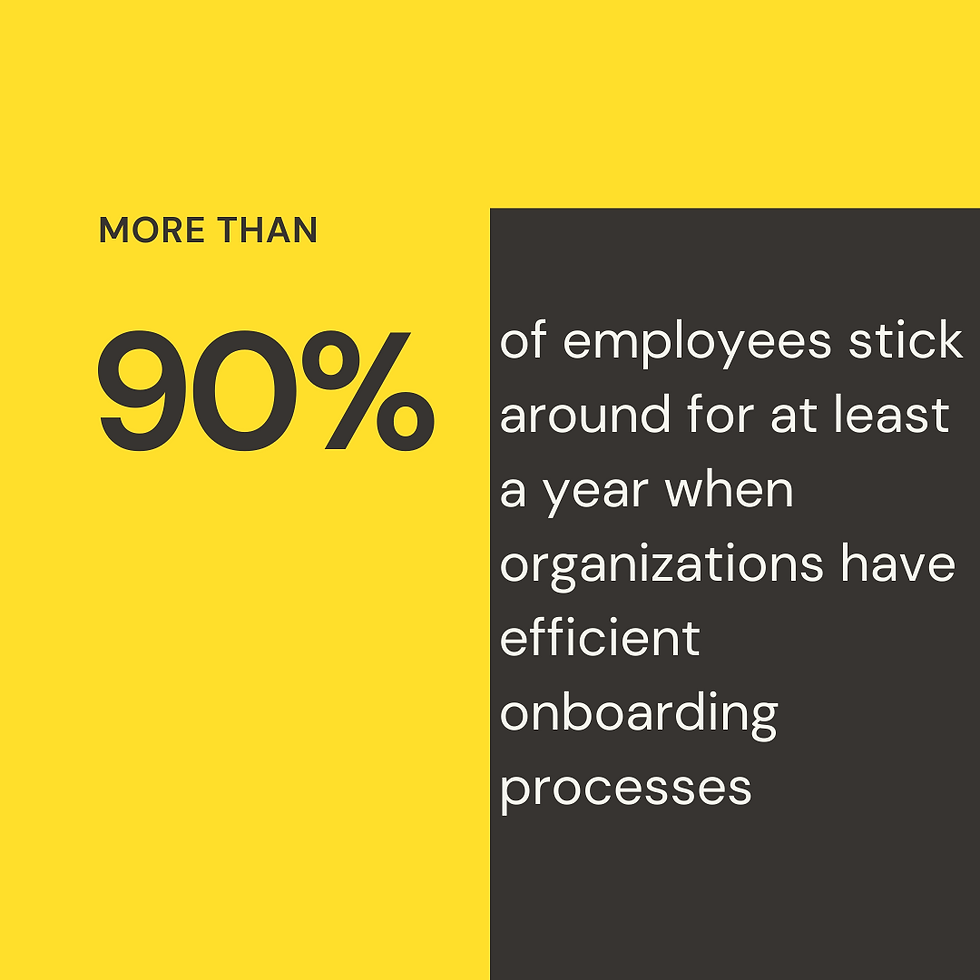Trainings Continue: Life Cycles are Circles
- Jennifer Rea
- Sep 14, 2021
- 4 min read
The previous blog entries went through the pieces of an Employee Training Program and things to consider. The main thing to remember is that a Training Program should be thought of as a circle. Since my Bachelor’s degree is in Biology, I often picture “life cycles” using the common model of the tadpole growing into the frog.
A Training Program should not not be thought of as a linear module but as an infinite circle and should improve with each iteration.

Even if a component of a Training Program is implemented such as Orientation, it should not stop growing and evolving. Feedback is a helpful mechanism used to pursue evolutionary changes. Receiving feedback is definitely a part of the Employee Training Life Cycle. As eFront explains “Using surveys and appraisals, create appealing custom content that will make your employees feel that they have been involved in its development.”
When we implemented our Orientation, we made sure to include an evaluation. We take the comments of the evaluations seriously and are proud of the fact that we are now including a translator based on feedback.
Besides using feedback to help evaluate needed changes, pieces of the Training Program can grow by enhancing the opportunity to make it even better. We are working on making our Orientation even better by adding a new piece. We want to incorporate Goal-setting. My Big Idea gave three basic ideas to include and this was one of them. We plan to invite the immediate supervisor of the new hires to the last hour of orientation so they can set some 30-60-90 day goals with their new team members. We hope to prepare and implement this in January 2022.
Extending specific trainings to more levels of participation is another way to continuously engage. This example can be seen in our Extended DISC offering. At this point, we do not offer this to all new employees but that is a long-term goal and we hope to incorporate it so that everyone has the same training and can adopt this vocabulary into their vernacular whether they are in the c-suite or on the frontline.
One more way training is implemented is due to a specific incident or situation occurring in the workplace. “When an incident occurs, the corrective action is often training, more training and still more training.”
Most of these thoughts have been covered in the previous posts in this series but the list given by Glyn Jones and posted to the Canadian Occupational Safety website helps to review some of the ideas.
Make a business case
Develop objectives and learning outcomes
Develop content and instructional design
Access internal and external resources
Develop education and training materials
Transfer knowledge, skills and abilities
Evaluate effectiveness
Undertake continuous improvement
These are good guidelines to keep in mind when team members suggest another training to add to the Training Program. Each of these items should be discussed as to the pertinence of the topic proposed.
From this list, the idea of continuous improvement aligns with the idea of the Employee Training Life Cycle. We hope that employees want to continue to grow throughout their employment but in turn, we must also want to improve our programming to accommodate.
Even though the Employee Training Program Life Cycle is infinite, it is understood that eventually an employee’s time with the organization will end. The off-boarding is something we have discussed briefly in some of my meetings but we have not focused on it. Shift Disruptive ELearning touches on off-boarding.
“With more and more baby boomers retiring and taking their expertise with them, it is important to systematically capture their knowledge and make it available to new hires. This process should become routine and easy because, without a systematic process to document changes and updates to job tasks, procedures, and processes, there will be no knowledge to transfer.”
Off-boarding is an area that needs to be covered in a Training Program but is often not supported by management or seen as a benefit. Software Advice gives a checklist to incorporate into an Off-boarding Program.
1. Communicate change quickly
2. Prepare the paperwork
3. Initiate the knowledge transfer
4. Do the exit interview
5. Recover company assets
6. Have some fun!
7. Leave the door open for a return
8. Tie up loose ends
From my personal experience, the most important one from this list is the initiation of the knowledge transfer. When this step is missed, the team is sometimes left missing key information on how to continue. This obviously depends on the position and responsibilities of the employee but I have experienced the loss of institutional knowledge too many times. We are reinventing the wheel when that person knows how it works. This simple list of questions provided from Software Advice is a quick way to gather some information before it is lost.
Can you break down your daily routine into step-by-step instructions?
Are there any projects that you repeat on a weekly, monthly, quarterly, or annual basis? What are they and how do you do them?
What files does your successor need to know about and have access to?
Who are your regular contacts, inside and outside the organization, so we can inform them of the transition?
Are there any systems that your successor needs training on?
What tasks take priority in your role?
I am excited to work on our Employee Training Program with even more enthusiasm so that we can provide a full well-rounded, well-thought set of offerings from Orientation to Off-Boarding.



Comments